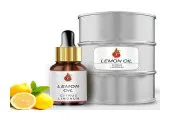Natural essential oil is a highly concentrated plant extract obtained from flowers, leaves, stems, roots, bark, or peels. These oils capture the plant’s aroma, flavor (essence), and therapeutic properties.
Key Characteristics of Essential Oils:
100% Natural & Volatile: They evaporate easily and release strong, natural fragrances.
Highly Potent: Must be diluted before applying to the skin (usually with carrier oils).
Therapeutic Properties: Each oil has specific benefits—relaxing, stimulating, antimicrobial, etc.
Extraction Methods: Mainly steam distillation, cold pressing (for citrus), or solvent extraction (for delicate flowers).
Examples of Common Essential Oils & Benefits:
| Essential Oil | Main Benefits |
|---|---|
| Lavender Oil | Calming, stress relief, skin healing |
| Peppermint Oil | Cooling, relieves headaches, improves focus |
| Tea Tree Oil | Antibacterial, antifungal, treats acne |
| Eucalyptus Oil | Clears sinuses, antimicrobial |
| Lemon Oil | Uplifting, detoxifying, skin brightening |
| Rose Oil | Balancing, anti-aging, enhances mood |
| Frankincense Oil | Skin rejuvenation, meditation aid |
Uses of Essential Oils:
Aromatherapy & Diffusion
Massage (with carrier oil dilution)
Skincare & Personal Care Products (serums, soaps, balms)
Hair Care Formulations
Natural Fragrances & Perfumery
Household Cleaning (natural antiseptics)
Safety Note:
Essential oils are not the same as perfume oils or fragrance oils.
They are pure plant extracts and should never be applied directly to the skin without proper dilution (usually 1–3% concentration in a carrier oil).
Some oils are photosensitive (e.g., citrus oils) and can cause skin reactions under sunlight.
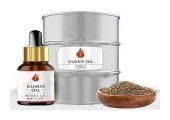
Cumin Oil
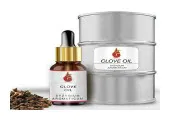
Cloves Oil
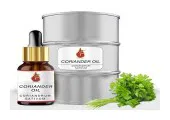
Coriander Oil
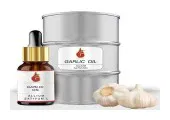
Garlic Oil
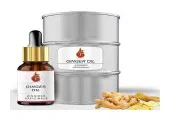
Ginger Oil
